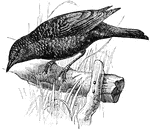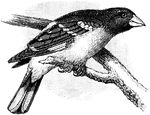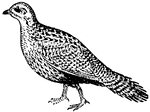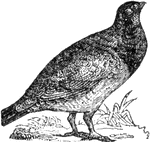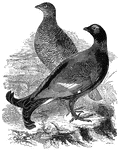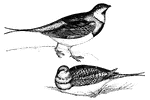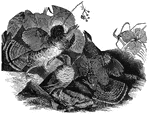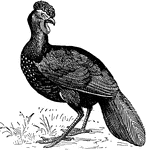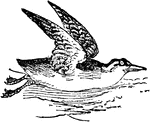266 illustrations of birds including: falcon, finch, flamingo, fly-catcher, fulmar, gadwall, gallinule, gannet, garganey, gnatcatcher, goat-sucker, goldfinch, goosander, goose, goshawk, grallatore, grebe, grosbeak, guan, guillemot, guinea fowl, guitguit, and gull
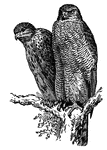
Goshawk
The Goshawk (Astur palumbarius) is a hawk abundant in the forest regions of northern Europe and Canada,…
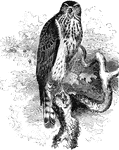
American Goshawk
"Astur atricapillus. American Goshawk. Blue Hen Hawk (adult). Chicken Hawk (young). Adult: Above, dark…

Purple Grackle
"Quiscalus purpureus. Purple Crow Blackbird. Common Crow Blackbird. Purple Grackle. Of medium size,…

Grallatores
A group of Grallatores, an order with characteristically long legs, well suited for wading in shallow…
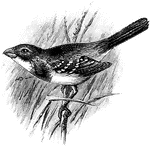
Morelet's Grassquit
"Morelet's Grassquit (Spermophila moreleti); adult male. GRASSQUIT. A kind of grassfinch; an American…
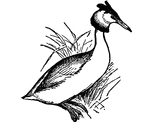
Great Crested Grebe
The Great Crested Grebe (Lophæthyia cristata) is a fresh-water, migratory, diving bird of the family…

Grebe
They pass swiftly through the air at the height of about a hundred yards, in flocks of from seven and…

Grebe
Diving birds, such as the grebe, have webbed (or lobed) feet and are expert in swimming and diving.

Grebe
"Western Grebe. Æchmophorus- A genus of large, long-necked grebes of America, having the bill…
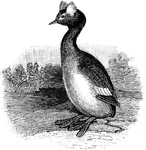
Horned Grebe
The Horned Grebe (Podiceps cornutus) is a freshwater diving bird in the Podicipedidae family of grebes.

Little Grebe
"Both sexes of the Little Grebe are mainly dusky brown or blacking grey above, and silvery white below,…
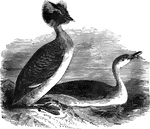
Sclavonian Grebe
Also known as the horned grebe, dipper, water-witch, and hell-diver, the sclavonian grebe is common…
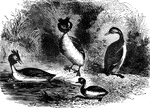
Grebes
Expert swimmers, grebes hunt fish, frogs, crustaceans, and insects in both salt and fresh water.
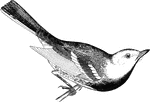
Black Throated Green Warbler
"Black Throated Green Warbler or Dendroica virens. Back and crown clear yellow-olive; forehead, superciliary…

Black-headed Song Grosbeak
"Zamelodia melanocephala. Black-headed Song Grosbeak. Adult male with the crown, sides of head, back,…
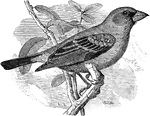
Blue Grosbeak
"Guiraca caerulea. Blue Grosbeak. Adult male: Rich dark blue, nearly uniform, but darker or blackish…

Cardinal Grosbeak
Noted for its beautiful song, the cardinal grosbeak is sometimes known as the virgin nightingale.
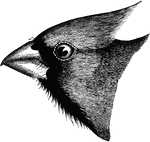
Cardinal Grosbeak
"Cardinalis virginianus. Cardinal Grosbeak. Cardinal Red-bird. Virginia Nightinggale. male, adult: Rich…
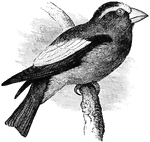
Evening Grosbeak
"Hesperophona vespertina. Evening Grosbeak. General color sordid yellow, overlaid with sooty-olive shade,…
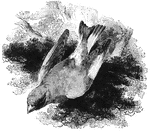
Green Grosbeak
Also known as the green finch, the green grosbeak frequents gardens, orchards, small woods, and cultivated…

Pine Grosbeak
Found in the northern parts of America and Europe, the pine-grosbeak feeds mostly on seeds.

Pine Grosbeak
A large fringilline bird of Europe and North American found chiefly in coniferous woods in northerly…
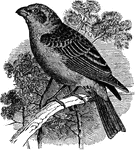
Pine Grosbeak
"Pinicola enucleator. Pine Grosbeak. Light carmine or rosy-red, feathers of back with dusky centres;…
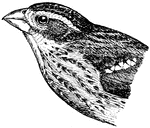
Rose-breasted Grosbeak (Female)
The Rose-breasted Grosbeak, Pheucticus ludovicianus, is a large seed-eating bird in the cardinal family.…
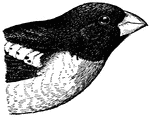
Rose-breasted Grosbeak (Male)
The Rose-breasted Grosbeak, Pheucticus ludovicianus, is a large seed-eating bird in the cardinal family.…
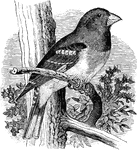
Rose-breasted Song Grosbeak
"Zamelodia ludoviciana. Rose-breasted Song Grosbeak. Adult male with the head and neck all around and…
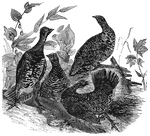
Canada Grouse
Also known as the spotted or spruce grouse, the Canada grouse is found in the northerly latitudes of…

Canada Grouse
"Canace canadensis. Canada Grouse. Spotted Grouse. Spruce Grouse. Spruce "Partridge." Adult: Head smooth,…
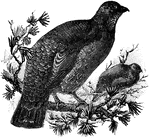
Dusky Grouse
The Dusky Grouse (Dendragapus obscurus) is a bird in the Phasianidae family of pheasants and partridges.

Pallas's Sand Grouse
"Syrrhaptes paradoxus, Sand-Ground, are true desert birds, affording excellent instances of protective…
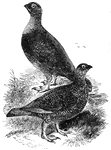
Red Grouse
Native only to the British Isles and the Orkneys, the red grouse is often bred in confinement to be…
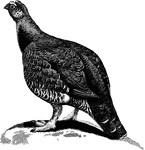
Red Grouse
"Lagopus scoticus, the Red Grouse or Muirfowl, the only bird entirely confined to our islands, differs…
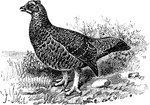
Red Grouse
The Red Grouse (Lagopus lagopus scoticus) is a subspecies of ptarmigans in the Phasianidae family of…

Ruffed Grouse
The ruffed grouse is an American bird that likes hill-sides densely covered with evergreens or birch.
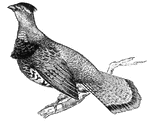
Ruffed Grouse
The ruffed grouse lives in the woods. It makes a loud noise by beating its wings rapidly (drumming).
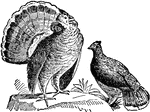
Ruffed Grouse
"Grouse, in ornithology, are various game-birds, specially the black grouse, and the red grouse. The…
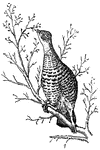
Ruffed Grouse
The Ruffed Grouse, Bonasa umbellus, is a medium-sized grouse occurring in forests from the Appalachian…
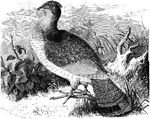
Ruffed Grouse
"Bonasa umbella. Ruffed Grouse. "Partridge;" "Pheasant;" Above, variegate reddish- or grayish-brown,…

Sand Grouse
Birds with pigeon like heads and necks. their body is compact and sturdy. Has a leathery down on their…
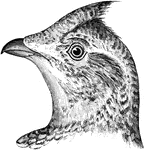
Sharp-tailed Grouse
"Pediaecetes phasianellus Columbianus. Common Sharp-tailed Grouse. Upper parts closely and pretty evenly…
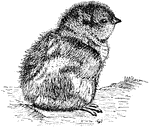
Young Grouse
Grouse are a group of birds from the order Galliformes. Often considered a family Tetraonidae, the American…
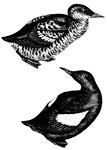
Guillemot
The guillemots have the beak long, straight, convex above, somewhat angular below. They only come ashore…
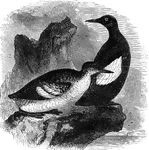
Black Guillemot
Found in the arctic regions of Europe and America, the black guillemot averages about thirteen inches…
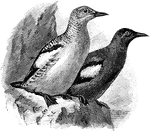
Black Guillemot
The Black Guillemot (Cepphus grylle) is a bird in the Alcidae family of Auks. It was also known as the…

Common Guillemot
"Lomvia troile. Common Guillemot, or Murre. Adult in summer: Head and neck all around rich dark maroon…
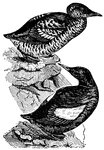
Guillemots
"The Guillemots, when placed on the ground, raise themselves with great difficulty, owing to the conformation…
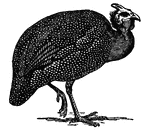
Guinea Fowl
Guinea Fowl are the African representatives of the pheasants, from which they differ in that the plumage…
